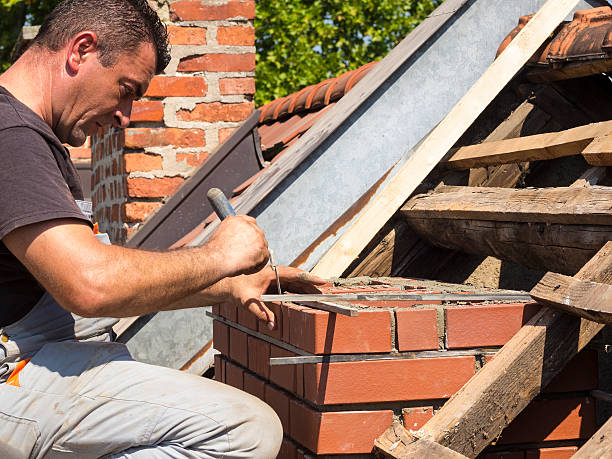Introduction
In the realm of construction, few endeavors are as foundational and crucial as chimney construction. Whether you’re embarking on a residential or commercial project, mastering the intricacies of chimney construction within ground-up builds is paramount. From ensuring structural integrity to optimizing efficiency, every aspect demands attention and expertise.
Understanding Ground-Up Construction
Ground-up construction represents the inception of a new structure, starting from bare earth and rising to fruition. This process involves meticulous planning, precise execution, and adherence to safety standards. As such, integrating chimney construction seamlessly into ground up construction projects requires a holistic understanding of the entire construction process.
The Significance of Chimney Construction
Chimneys serve as more than mere architectural elements; they are functional components crucial for ventilation, emission control, and maintaining indoor air quality. Whether for residential fireplaces, industrial furnaces, or commercial boilers, chimneys play a pivotal role in ensuring safety and efficiency.
Factors Influencing Chimney Construction
Several factors influence chimney construction within ground-up projects:
- Design and Planning: Proper design ensures optimal chimney performance, considering factors like height, diameter, and material selection.
- Materials and Construction Techniques: Choosing the right materials, such as bricks, concrete, or steel, and employing suitable construction techniques ensure durability and longevity.
- Regulatory Compliance: Compliance with building codes and regulations ensures safety standards are met and potential hazards are mitigated.
- Environmental Considerations: Implementing eco-friendly designs and practices minimizes environmental impact and promotes sustainability.

Best Practices for Chimney Construction
To master chimney construction within ground-up projects, consider the following best practices:
- Thorough Site Assessment: Conduct a comprehensive site assessment to determine soil conditions, environmental factors, and spatial constraints.
- Engineering and Design: Engage qualified engineers and architects to develop chimney designs tailored to the specific project requirements and local regulations.
- Quality Materials: Use high-quality materials sourced from reputable suppliers to ensure structural integrity and longevity.
- Skilled Workforce: Employ skilled craftsmen and technicians trained in chimney construction techniques to guarantee precision and reliability.
- Regular Inspections and Maintenance: Implement regular inspections and maintenance schedules to detect issues early and prevent costly repairs or replacements.
Conclusion
Mastering chimney construction within ground-up projects demands meticulous planning, adherence to regulations, and a commitment to quality and safety. By understanding the significance of chimney constuction, considering key factors influencing the process, and adhering to best practices, construction professionals can ensure the successful integration of chimneys into their projects. As the cornerstone of safety and efficiency, a well-constructed chimney not only enhances the aesthetics of a structure but also contributes to its functionality and longevity in the built environment.

